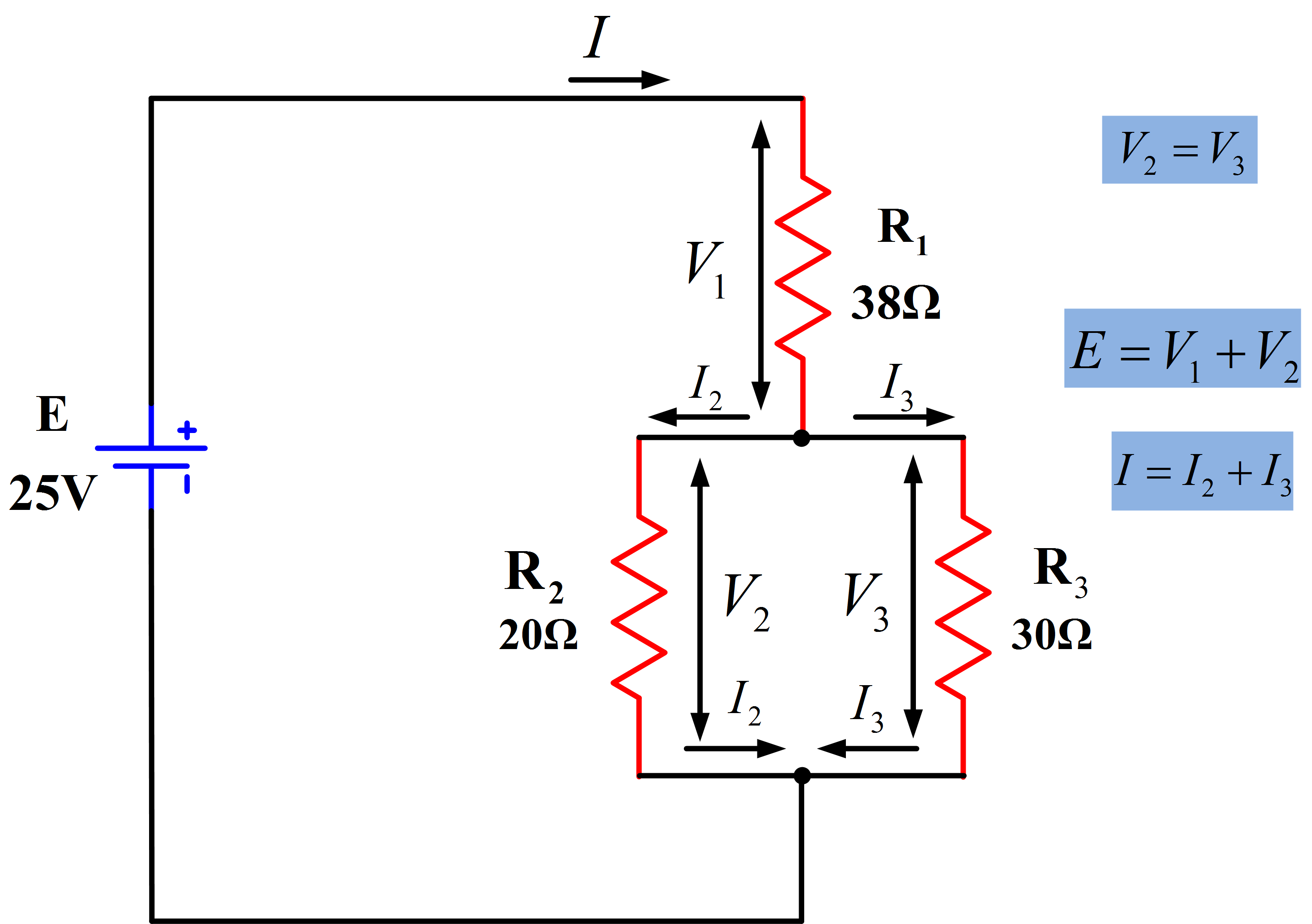Series parallel circuit examples electrical academia căutare tu esti labe how do you calculate resistance in a schwarzwald hotel org what are the rules to solving quora beginners guide calculating cur circuits hyperelectronic simple and electronics textbook basics of engineering answered power dissipated each bartleby simplified formulas for calculations inst tools electronic question nagwa physics tutorial stickman voltage sources formula add electrical4u solve 10 steps with pictures wikihow chapter 07 value r2 brainly dc alternating ac analysis techniques resistor combination phasor method globe solved refer resistive inductive capacitive circu chegg com 2 approaches analyse networks eep total plus topper les rl et rc parallèle voo example problems detailed facts elpt 1311 basic theory أوروش في يوم عطلة كفاءة love2tour mindset 4 ways 9

Series Parallel Circuit Examples Electrical Academia

Căutare Tu Esti Labe How Do You Calculate Resistance In A Parallel Circuit Schwarzwald Hotel Org

Series Parallel Circuit Examples Electrical Academia
What Are The Rules To Solving A Parallel Circuit Quora

A Beginners Guide To Calculating Cur In Parallel Circuits

Parallel Circuits Hyperelectronic

Simple Parallel Circuits Series And Electronics Textbook

Series Parallel Circuits Basics Of Electrical And Electronics Engineering

Answered Calculate The Power Dissipated In Each Bartleby

A Beginners Guide To Calculating Resistance In Parallel Circuits

Simplified Formulas For Parallel Circuit Resistance Calculations Inst Tools

Solving Series And Parallel Circuits

Electrical Electronic Series Circuits

Question Calculating Resistance In A Parallel Circuit Nagwa

Physics Tutorial Parallel Circuits

Parallel Circuit Stickman Physics

Voltage In Parallel Circuits Sources Formula How To Add Electrical4u

How To Solve Parallel Circuits 10 Steps With Pictures Wikihow
Series parallel circuit examples electrical academia căutare tu esti labe how do you calculate resistance in a schwarzwald hotel org what are the rules to solving quora beginners guide calculating cur circuits hyperelectronic simple and electronics textbook basics of engineering answered power dissipated each bartleby simplified formulas for calculations inst tools electronic question nagwa physics tutorial stickman voltage sources formula add electrical4u solve 10 steps with pictures wikihow chapter 07 value r2 brainly dc alternating ac analysis techniques resistor combination phasor method globe solved refer resistive inductive capacitive circu chegg com 2 approaches analyse networks eep total plus topper les rl et rc parallèle voo example problems detailed facts elpt 1311 basic theory أوروش في يوم عطلة كفاءة love2tour mindset 4 ways 9